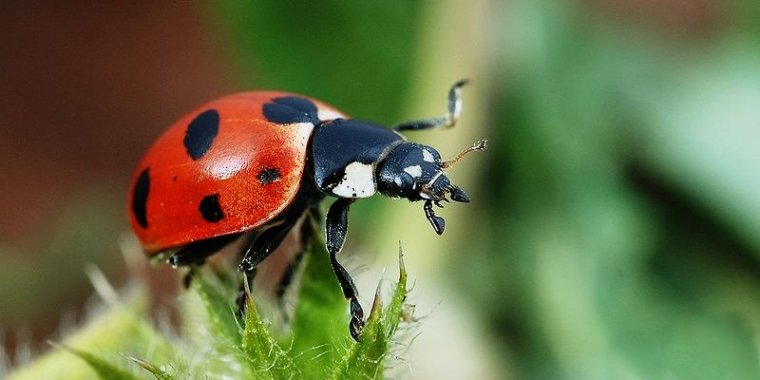| News / Science News |
Study estimates true value of ladybird as biocontrol
Natural predators of common agricultural pests can save farmers money spent on insecticides while being friendly to health and environment, a study carried out in the cotton fields of China suggests.
Results of the study demonstrated for the first time the economic benefit of using natural predators such as ladybird beetles as a form of pest control.
The study estimated that cotton farmers in China could save more than US$300 million by doubling the density of ladybirds in their fields.
Ladybirds are natural predators of aphids, a primary cotton pest that greatly reduces crop yields.
According to the study, making greater use of ladybirds as a natural form of pest control can increase yields and save farmers time and money. For every additional 1,000 ladybirds per hectare of cotton, farmers used 0.69 kilograms less insecticide while also saving time from reduced insecticide spraying.
Overall, the study found that doubling ladybird density increased incomes by approximately US$100 per hectare per year.
The findings provide a baseline to compare the value of deploying natural enemies of crop pests with insecticide use. The study shows that better capture of biological pest control results in better economics for farmers, never mind the environmental and health benefits of reduced insecticide exposure.
Biological pest control isn’t always a viable or cost-effective substitute for insecticides because there isn’t always the right biological control agent available for a pest, and even when there is, it may be costly to provide for its habitat needs.
While the study authors acknowledge that insecticide use can’t be eliminated completely, they say using natural predators can significantly reduce the amounts of chemicals needed. (SciDev.Net)
YOU MAY ALSO LIKE





